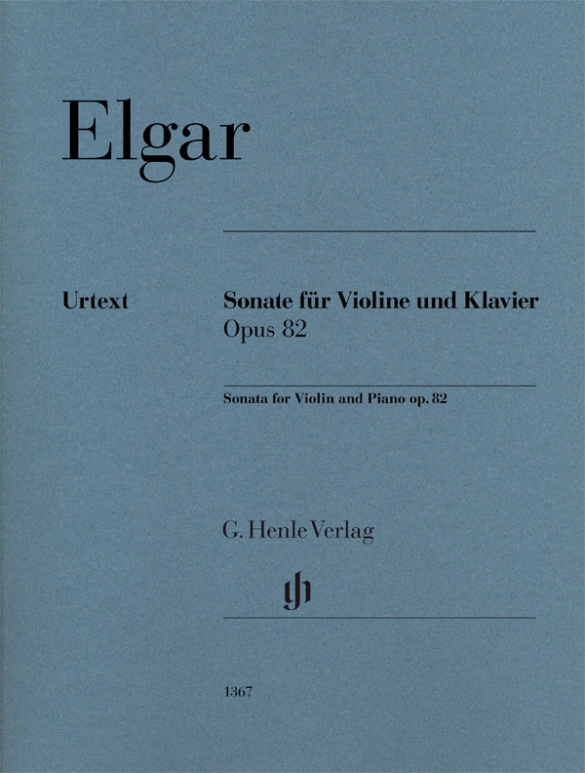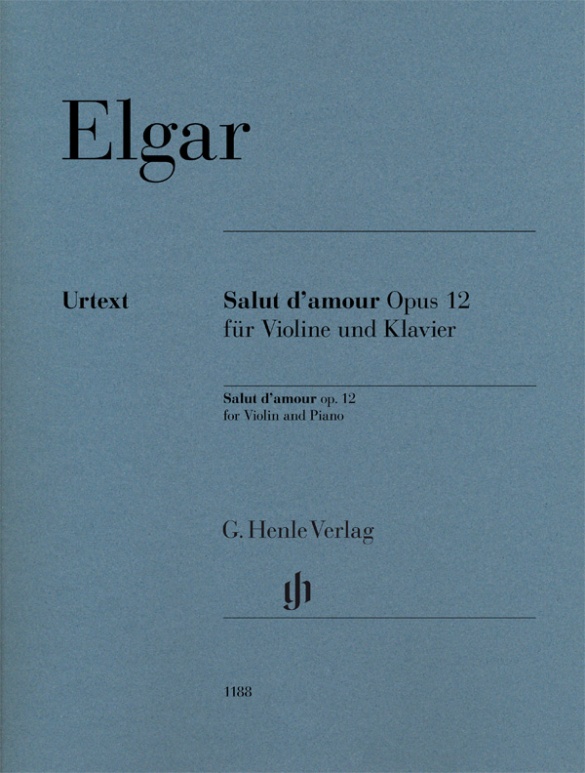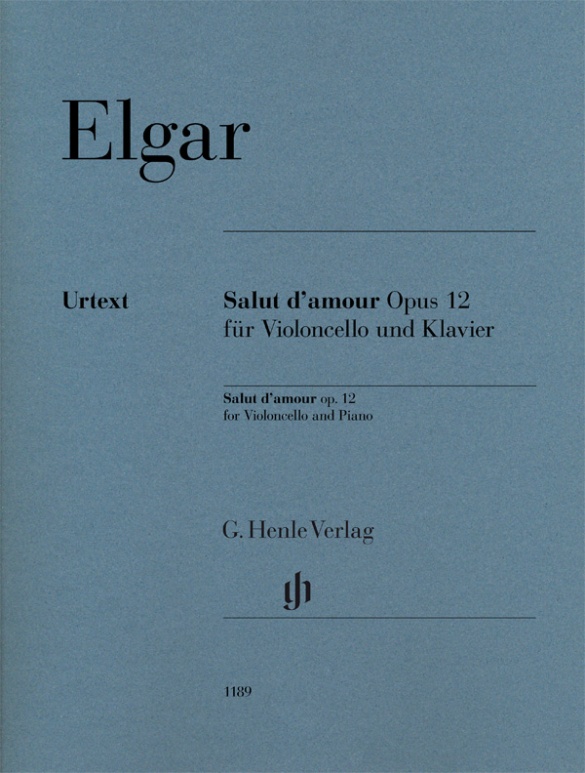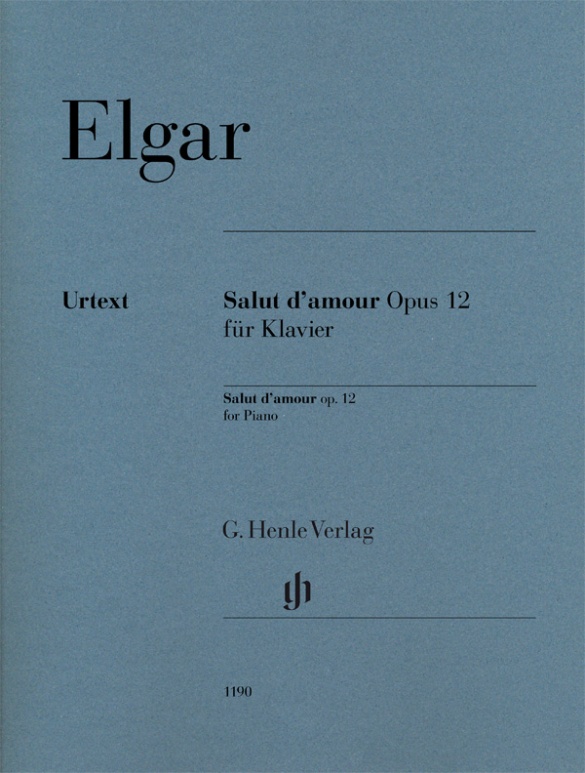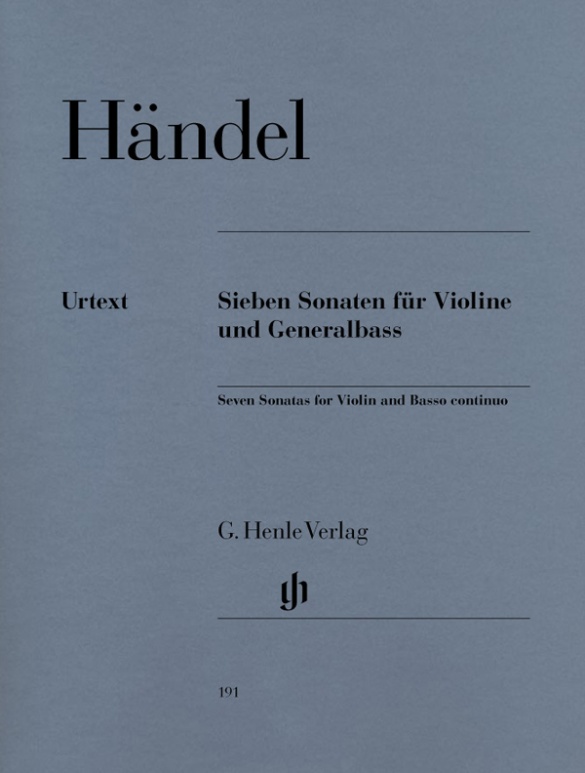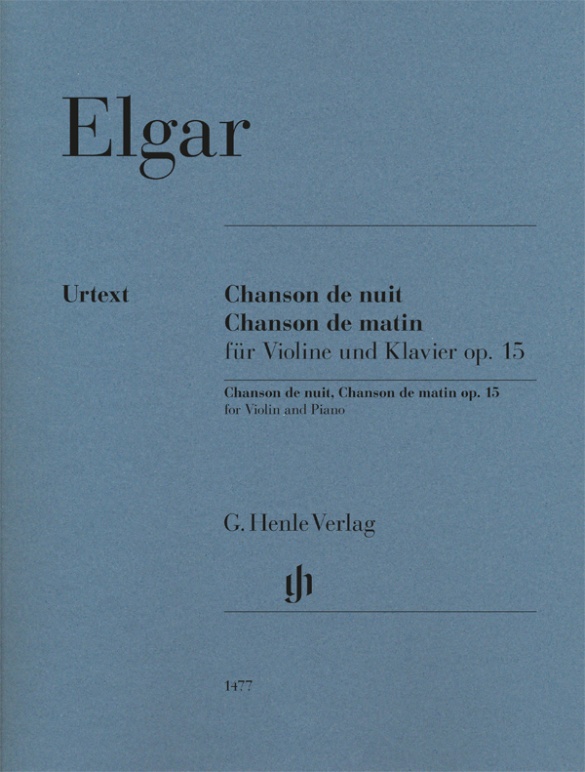

Edward Elgar
Chanson de nuit, Chanson de matin op. 15 for Violin and Piano
Like Elgar’s Salut d’amour, the two “chansons” are amongst his most popular melodies. The dreamy Chanson de nuit and its cheerful counterpart Chanson de matin are often performed together. With this in mind, it is almost surprising that Elgar had in fact completed the Chanson de nuit in October 1897 as a separate piece and shortly afterwards offered it to his publisher Novello. He only submitted the Chanson de matin eighteen months later, telling Novello on this occasion: “I see from my sketch (which I found last week & have since completed) that this piece was intended to be a companion to the one you have already.” Two evergreens of the violin repertoire, with moderate technical demands, prepared using the first editions, and with fingering by the British violinist and Elgar scholar Rupert Marshall-Luck.
Read more about this edition in the Henle Blog.
Content/Details
About the Composer
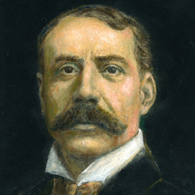
Edward Elgar
Most important English composer of his day. His immense oeuvre comprises numerous choral works, songs with piano and orchestral accompaniment, several stage works, orchestral music of a mostly programmatic character, a few works of chamber music in his last phase, and works for piano and organ.
| 1857 | Born in Broadheath (Worcester) on June 2, the son of a music dealer. First attempts at composition at ten years of age. He is largely an autodidact with rich practical experience. |
| from mid-1870 | He plays in various orchestras in Worcester, including the Worcester Philharmonic Society as well as the Festival Orchestra (under the direction of A. Dvořák and others). From 1878 some of his compositions are performed (sometimes for the first time). |
| from 1882 | He serves variously as conductor of the Worcester Amateur Instrumental Society and the newly founded Worcestershire Philharmonic Society (1889–1904). |
| 1889 | Moves to London. |
| 1889–1903 | Cantata, “The Black Knight,” Op. 25. |
| 1890 | Premiere of the overture “Froissart,” Op. 19, as his first major work. |
| 1891 | Moves to Malvern; activities in the countryside. |
| 1896 | Oratorio, “The Light of Life (Lux Christi),” Op. 29. |
| 1897–99 | “Sea-Pictures,” Op. 37, for contralto and orchestra. |
| after 1897 | He composes works for ceremonial occasions for the English royal court. |
| 1898–99 | Enigma Variations, Op. 36, a musical portrayal of fourteen of his friends. |
| 1899–1900 | Oratorio, “The Dream of Gerontius,” Op. 38, serves as a watershed moment. He receives numerous honors, including honorary doctorates in 1900 and 1907, and in 1911 the Order of Merit. |
| 1901–06 | Oratorios “The Kingdom,” Op. 51, and “The Apostles,” Op. 49. |
| 1904–08 | Professorship at the University of Birmingham. |
| 1908 | Premiere of his Symphony No. 1 in A-flat major, Op. 55; the pinnacle of his success, with 84 performances by 1909. |
| 1909/10 | Violin Concerto in B minor, Op. 61, the first significant English concerto. |
| 1911 | Premiere of his Symphony No. 2 in E-flat major, Op. 63, enjoys little success. |
| 1912 | He moves to London. |
| 1913 | Symphonic study, “Falstaff,” Op. 68. |
| 1918 | Chamber music works, including the Sonata for Violin and Piano in E minor, Op. 82; the String Quartet in E minor; the Piano Quintet in A minor. |
| 1918–19 | Cello Concerto in E minor, Op. 85, a late magnum opus. |
| 1934 | Dies in Worcester on February 23. |
Product Safety Informations (GPSR)

G. Henle Verlag
Here you can find the information about the manufacturer of the product.G. Henle Verlag e.K.
Forstenrieder Allee 122
81476 München
Germany
info@henle.de
www.henle.com
Zodoende is de meerwaarde van een Urtext in dit geval minder hoog in te schatten, maar de overzichtelijke layout en druk bij een uitstekende papierkwaliteit zorgen desalniettemin voor een luxe aankleding die het geld waard is. Voorts wordt voorzien in een voortreffelijke toelichting en tekstkritisch commentaar. De losse vioolpartij, wordt bij het boek meegeleverd.
de nieuwe muze, 2022This edition is beautifully presented and well researched. The very high standard of publication is as we would expect from G. Henle Verlag.
Stringendo, 2022recommendations
autogenerated_cross_selling
Further editions of this title
Further editions of this title


